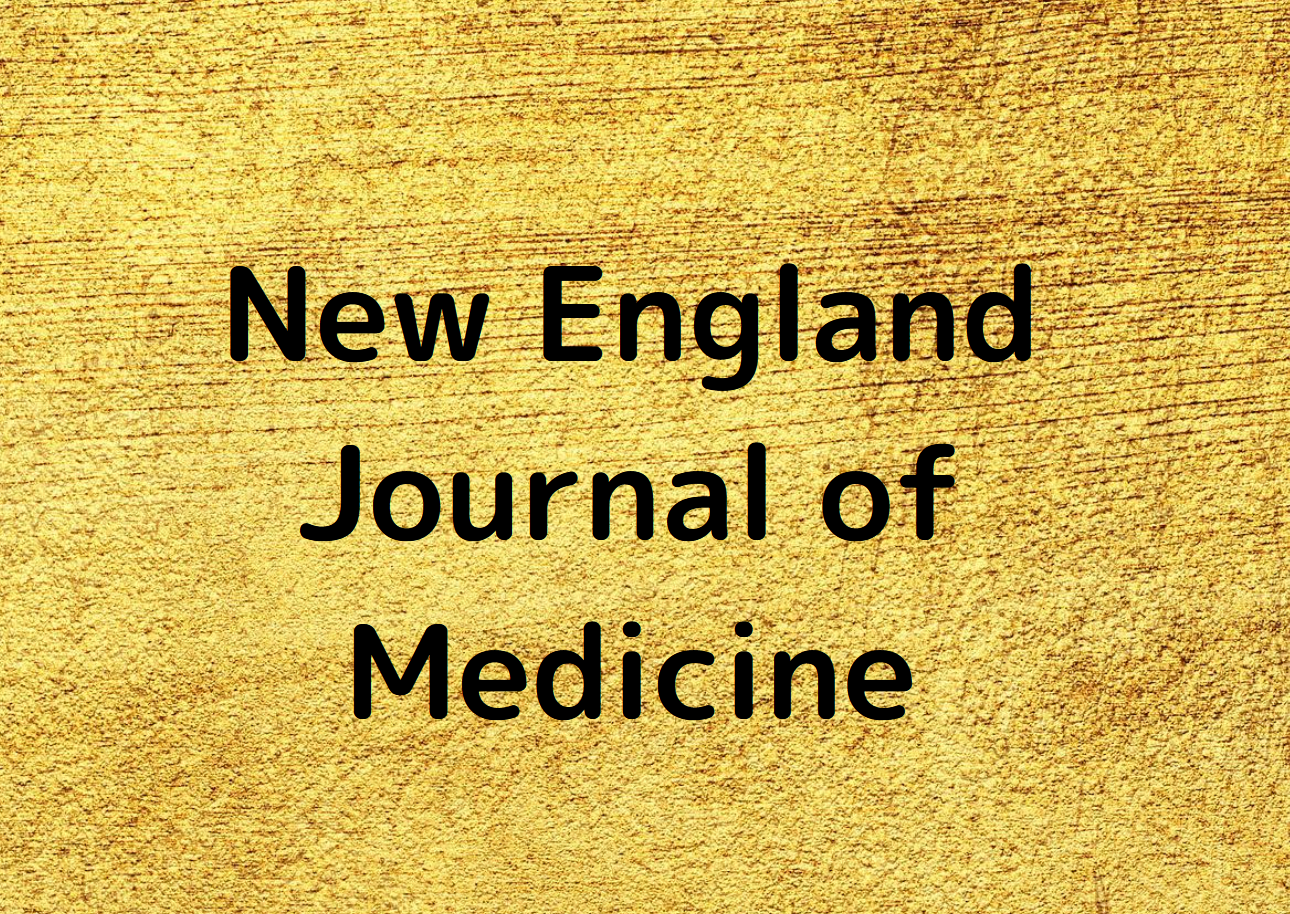2024/06/20の4番目のアブストラクト「免疫性血小板減少症の治療に用いる新規抗 CD38 モノクローナル抗体」から。
[原文]
After CD38-targeted therapy, the percentage of CD56dimCD16+ natural killer cells, the expression of CD32b on monocytes in peripheral blood, and the number of macrophages in the spleen of the passive mouse models of ITP all decreased.
[和訳]
CD38 標的療法後,CD56dimCD16 陽性ナチュラルキラー細胞の割合,末梢血単球上の CD32b 発現,受動的 ITP モデルマウスの脾臓マクロファージ数はすべて減少した.
“mouse models”の訳が「モデルマウス」になっているのに気づくだろう。
「モデルマウス」ではなく、「マウスモデル」なんじゃないかと感じる方もいるのではないだろうか。
私が翻訳講座に通っていた時にも同じことを疑問に感じて講師に質問している。
その時の質問は以下の通り。mouseではなくanimalだったのだが考え方は同じだろう。
質問:過去にAnimal Models = Model Animalと聞いたが、動物モデル、モデル動物のどちらで訳してもよいのか?
回答:基本的には、実験系は「動物モデル」、個々の動物個体に着目するときには「モデル動物」。英語にしても同様。しかし、Model Animalと書いてあるところを動物モデルと訳すこともある。
つまり、内容に応じて使い分けるとの回答。
英語としてはどちらが多く使われているかをNEJMのサイトを指定して検索した結果は以下の通り。
“model mouse” site:nejm.org ⇒一致無し
“model mice” site:nejm.org ⇒約 9 件
“mouse model” site:nejm.org ⇒約 1,810 件
“mice model” site:nejm.org ⇒約 27 件
ついでにanimalの場合は以下の通り。
“model animal” site:nejm.org ⇒約 1 件
“animal model” site:nejm.org ⇒約 1,110 件
論文という性質もあるのだろうが、圧倒的に”mouse model”や”animal model”といった表現の方が使われている。
ということは、”mouse model”を日本語にする場合に「モデルマウス」または「マウスモデル」を使い分けると考えた方が良いのかもしれない。
過去のNEJMアブストラクトの対訳を以下にまとめたので興味のある方はどうぞ。
■■■■■■■■■■■■■■■
20130214_③
In mouse models of thyroid cancer, selective mitogen-activated protein kinase (MAPK) pathway antagonists increase the expression of the sodium–iodide symporter and uptake of iodine.
甲状腺癌のマウスモデルでは,選択的マイトジェン活性化プロテインキナーゼ(MAPK)経路の遮断薬によって,ナトリウム・ヨウ素共輸送体の発現とヨードの取込みが増加する.
■■■■■■■■■■■■■■■
20160630_④
After a candidate gene was identified, we generated a knockout mouse model that manifested the phenotype and studied the mechanisms responsible for altered bone architecture.
1 つの候補遺伝子が同定されたあと,その表現型をもつノックアウトマウスモデルを作製し,骨構造の変化の原因となる機構を検討した.
■■■■■■■■■■■■■■■
20161229_④
We also tested selumetinib using a mouse model of neurofibromatosis type 1–related neurofibroma.
また,神経線維腫症 1 型に関連する神経線維腫のモデルマウスでセルメチニブを評価した.
■■■■■■■■■■■■■■■
20170810_④
We engineered mouse models with similar variants using the CRISPR (clustered regularly interspaced short palindromic repeats)–Cas9 system.
CRISPR-Cas9 システムを用いて,同様の多様体をもつマウスモデルを作製した.
■■■■■■■■■■■■■■■
20210107_①
In a mouse model, down-regulation of CD26 prevented graft-versus-host disease (GVHD) but preserved graft-versus-tumor effects.
モデルマウスでは,CD26 のダウンレギュレーションにより移植片対宿主病(GVHD)が予防され,移植片対腫瘍効果は維持された.
■■■■■■■■■■■■■■■
20211021_③
We performed studies in cells, mouse models, and samples obtained from humans to characterize an AQP1 variant and investigate mitigation strategies.
AQP1 の変異の特徴を解析し,その影響を軽減する戦略を検討するため,細胞,マウスモデル,ヒト検体で研究を行った.
■■■■■■■■■■■■■■■
20230316_①
An APOL1 G2–homologous transgenic mouse model of proteinuric kidney disease was used to assess inaxaplin treatment for proteinuria.
APOL1 G2 相同遺伝子を組み換えた蛋白尿性腎臓病のモデルマウスを用いて,蛋白尿に対するイナキサプリンの投与を評価した.
■■■■■■■■■■■■■■■
20240404_②
Lixisenatide, a glucagon-like peptide-1 receptor agonist used for the treatment of diabetes, has shown neuroprotective properties in a mouse model of Parkinson’s disease.
糖尿病治療に用いられるグルカゴン様ペプチド-1(GLP-1)受容体作動薬リキシセナチドは,パーキンソン病のモデルマウスで神経保護作用を示している.
■■■■■■■■■■■■■■■

コメント